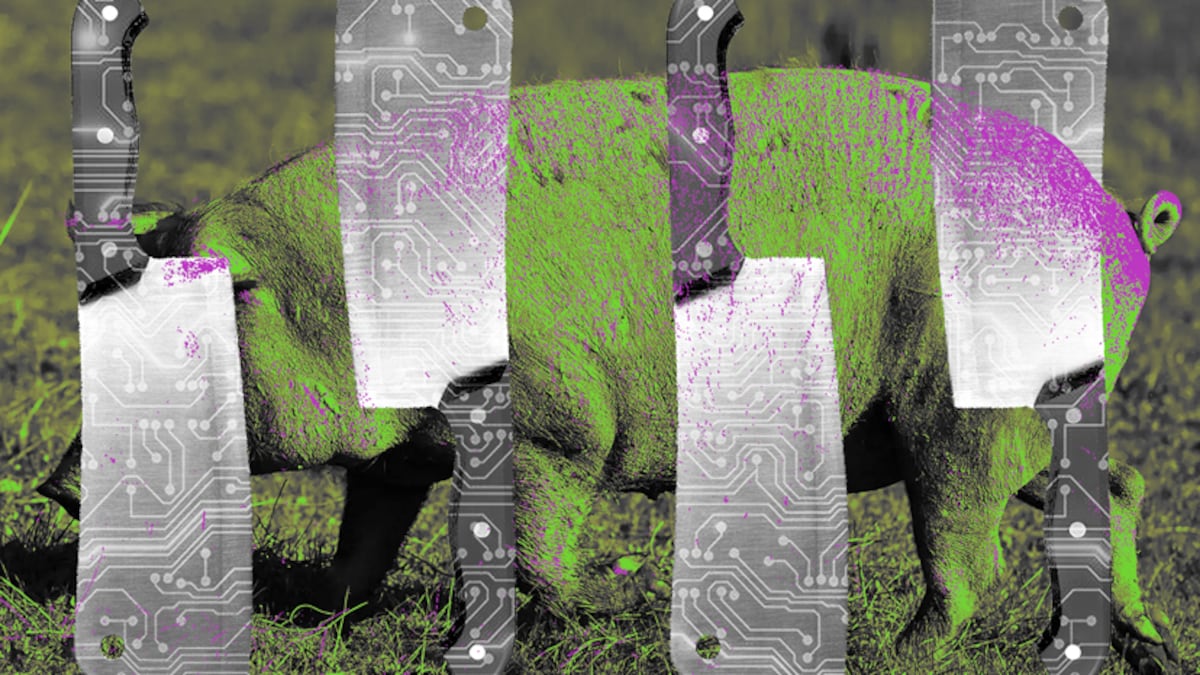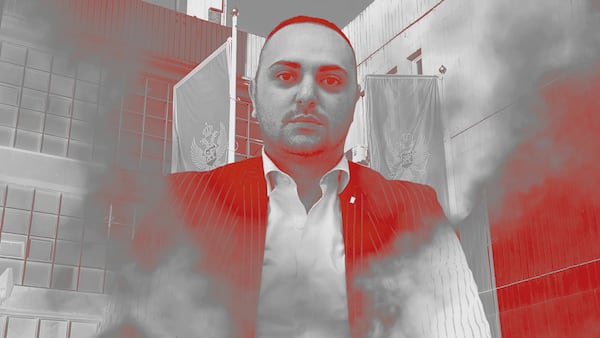The investment site had promised big returns. But Li was enraged and desperate on the August day last year when he realised he wasn’t going to get back his $125,000 in USDT, the stablecoin issued by Tether.
“My feeling is I want to kill them,” he told DL News of the moment he realised that he had probably just been conned.
Vanished site
Li was one of many investors who were drawn to the site by a Facebook page advertising a free stock trading course. He had watched the page for weeks and read glowing recommendation posts from alumni investors about how they pocketed big gains by converting fiat currency into USDT, which was then supposed to be used to buy stocks.
When it came time to withdraw his expected profits, he got no response. The trading platform and the site then vanished. Li, who asked not to use his real name for this story, was out of luck.
NOW READ: Waves founder’s role in lost $530m raises questions about who’s to blame
It’s no secret that cryptocurrency investing is rife with scams that inflict an emotional toll on their victims. But what happens afterward, when investors try and claw back stolen crypto?
It isn’t as crazy an idea as it sounds. The special properties of blockchains means every transaction is preserved on an immutable, public, online ledger. Perhaps it’s naive, but when you’ve lost a fortune it may be reasonable to hope that following a digital trail could be a way to recoup your losses.
Cross-border nature
In reality, crypto makes retrieving misappropriated assets very difficult, a situation compounded by poor know-your-customer and anti-money laundering checks at some exchanges and the cross-border nature of the asset class.
“The view that because transaction records are visible on the blockchain and that therefore this is an asset class that is really easy to deal with when there is misconduct, is completely divorced from the reality of how it actually works,” said Marc Jones, a partner at Stewarts law firm in London. “The reality is that victims lose their crypto to anonymous third parties by a number of means. And the methods are such that generally, you don’t know who it is that has defrauded you.”
NOW READ: Goldman and BlackRock embrace tokenisation even as on-chain bonds branded a ‘failure’
When it comes to fraud, the cryptocurrency industry’s embrace of anonymity contrasts traditional finance. Credit card issuers, for instance, provide guardrails to protect consumers.
If a fraudster makes a payment with your credit card, you can dispute that with your provider, which usually absorbs the loss. This practice has spurred financial institutions to beef up anti-fraud practices, including the use of biometric identification.
Tracking down property
But crypto, of course, is different. And cons in the space run the gamut from classic bogus investment firms to a new one called “pig butchering” in which fraudsters cultivate trust with investors before taking their money.
Grifters fleeced crypto investors for more than $20 billion in 2022, according to Chainalysis’ latest Crypto Crime Report.
There is a cottage industry of asset recovery services that offers ways to find lost or misappropriated crypto assets. Law firms specialising in tracking down property across borders have widened their expertise to crypto, helping victims ranging from individuals to corporations whose losses number in the multi-millions.
There is a cottage industry of asset recovery services that offers ways to find lost or misappropriated crypto assets.
Cybersecurity firms like CNC Intelligence also offer recovery services. CNC founder and CEO Matthew Stern told DL News his company will also liaise with police and exchanges in some jurisdictions.
Law enforcement agencies like the FBI have beefed up their trace and recovery abilities with special units that chase down assets in high-profile cases like the “Razzlekhan” saga. Even local police departments in many cities can perform traces.
Cover their tracks
There are low-cost and free resources, too, Stern said, such CipherTrace’s volunteer-run Defenders League.
But unfortunately, no investigator can guarantee full recovery, Stern said.
The fact is, the trace is only the beginning. Scammers cover their tracks by moving crypto through thousands of addresses, as well as mixers, but to cash out, they must register at an exchange at some point. To actually retrieve the assets, law enforcement must be able to pin a wallet at an exchange to an individual to make an arrest and serve the exchange with a court order.
Asset recovery lawyers say, however, that many exchanges, particularly more obscure ones, allow customers to register under fake identities. And even if assets can be traced to an individual, some exchanges won’t give up their details readily, not wanting to put themselves in the middle of a dispute.
NOW READ: Euler hacker returns $176m of stolen funds amid ‘ongoing’ negotiations
A major complicating factor in this kind of recovery is that crypto is a global asset class, while the law is local. In one case he handled, Neil Williams, a lawyer at Reeds Solicitors in London, recalled how an Irish national living in Qatar lost cryptocurrencies to a hacker.
Investigators managed to trace a fraction of a stolen Bitcoin to an exchange in New York and turn up the identity of the account holder in Germany. Eventually, German police were able to make an arrest.
‘It can be very difficult. And the costs and time it takes to trace assets -- that can be prohibitive.’
— Neil Williams
“It can be very difficult. And the costs and time it takes to trace assets -- that can be prohibitive,” Williams told DL News.
Asset recovery growing up
Relatively few convictions are made for crypto fraud. But authorities are inching toward better coordination with law enforcement. In the US, for instance, California prosecutor Erin West is working to improve the ability of the police to seize crypto and return at least some of it to victims.
A UK-based initiative is the Crypto Fraud and Asset Recovery network, an association of law firms, including Jones’s, that was founded in 2021 to share best practice. CFAAR has since opened a chapter in Hong Kong.
Until guardrails exist, though, scammers will keep preying on would-be investors.
“The future holds amazing things for crypto. But bad actors always seize on novel technology,” Calvin Koo, a lawyer at Kobre and Kim and a CFAAR member, told DL News. “People get FOMO, they get excited as crypto prices go up, and all that creates a ripe opportunity for bad actors to take advantage of people.”



